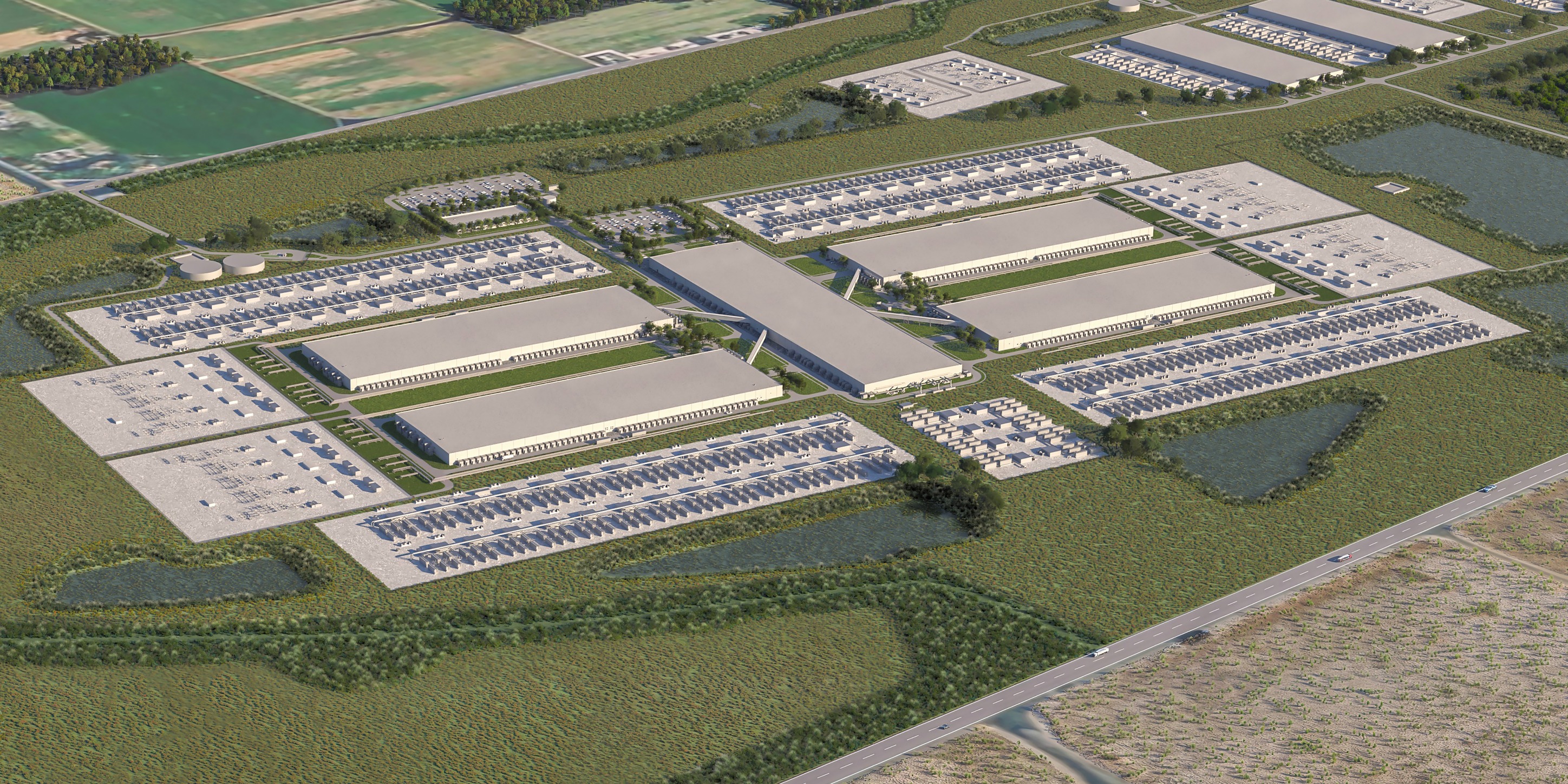The eero Pro 7 three-pack comes with three identical nodes and is rated for 6,000 square feet of coverage. If you have a smaller home, you can get a two-pack for $549.99, which covers 4,000 square feet. Meanwhile, the $299.99 one-pack gives you 2,000 square feet of coverage.
(Credit: Joseph Maldonado)
The nodes look nearly identical to the 8.7-by-7.2-by-3.5-inch (HWD) nodes of the eero Max 7 system, but at 7.1 by 5.7 by 3.1 inches, they are a bit smaller. The front of each node has an eero badge and an LED indicator. The LED glows solid white when the node is online, flashes white while connecting, flashes blue if in Bluetooth pairing mode, and holds on a solid red when the node has gone offline.
Around back is a pair of auto-sensing 5GbE Ethernet ports, a reset button, and a USB-C port used for power. You don’t get any USB ports for connecting to external devices like you do with the TP-Link Deco BE63. Wired backhaul is supported, though.

(Credit: Joseph Maldonado)
Each node has five internal antennas. As with the eero Max 7, the Pro 7 offers 6GHz transmissions, but it uses 2×2 spatial streaming, whereas the Max 7 uses 4×4 streaming. Embedded circuitry offers support for Thread, Matter, and Zigbee wireless technologies that allow the system to serve as a home automation hub. It also supports Alexa voice commands.
The Pro 7 features a 1.5GHz quad-core ARM CPU, 1GB of RAM, and 4GB of flash memory. This is a tri-band BE10800 system capable of hitting speeds of up to 688Gbps on the 2.4GHz band, up to 4,324Gbps on the 5GHz band, and up to 5,762Gbps on the 6GHz band. It supports all of the key Wi-Fi 7 technologies, including WPA3 encryption, 4K-QAM, Orthogonal Frequency-Division Multiple Access (OFDMA) data transmissions, MU-MIMO streaming, direct-to-client beamforming, Multi-Link Operation (MLO), and 320MHz channels.
As with other eero offerings, the Pro 7 doesn’t come with network security or parental control software. For those, you’ll have to subscribe to an eero+ plan. For $9.99 per month or $99.99 per year, the plan offers age-based web filtering, Malwarebytes anti-malware software, Guardian VPN, an ad blocker, a password manager, and more.

(Credit: eero)
You manage and install the Pro 7 using the same mobile app that every other eero system uses. It appears on the Home screen along with the name of the network, an Internet tab, and tabs for each installed node. When you tap the Internet tab, you can run a speed test, while tapping any node tab lets you view the node’s IP address, see which clients are currently connected to it and which band they are using, and whether it is a wired or wireless connection.

Get Our Best Stories!
All the Latest Tech, Tested by Our Experts

By clicking Sign Me Up, you confirm you are 16+ and agree to our Terms of Use and Privacy Policy.
Thanks for signing up!
Your subscription has been confirmed. Keep an eye on your inbox!
Client devices are listed below the node tabs. Tap any client tab to pause internet access, block network access, configure IPv4 reservation and Port Forwarding rules, and enable Client Steering and MLO connections. This is where you can create user profiles and assign parental controls if you have an eero+ subscription.
You’ll find Home, Devices, Activity, and Settings buttons at the bottom of the screen. The Home button returns you to the Home screen from wherever you are in the app, while the Devices button takes you to a screen with information about connected and recently connected clients. When you tap the Activity button, it opens a screen with upload and download speeds and statistics, and the Settings button opens a screen where you can manage your account, view and share login information, enable guest networking, and configure network settings and network notifications.








